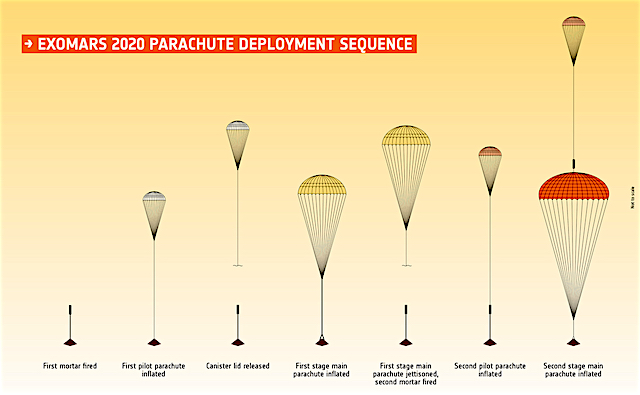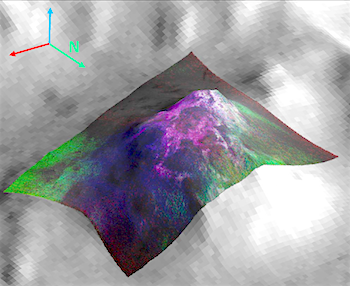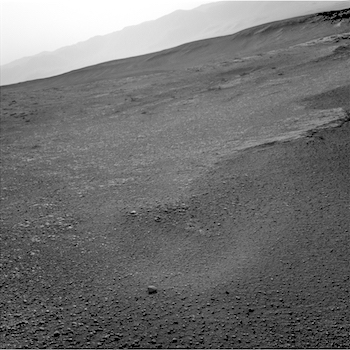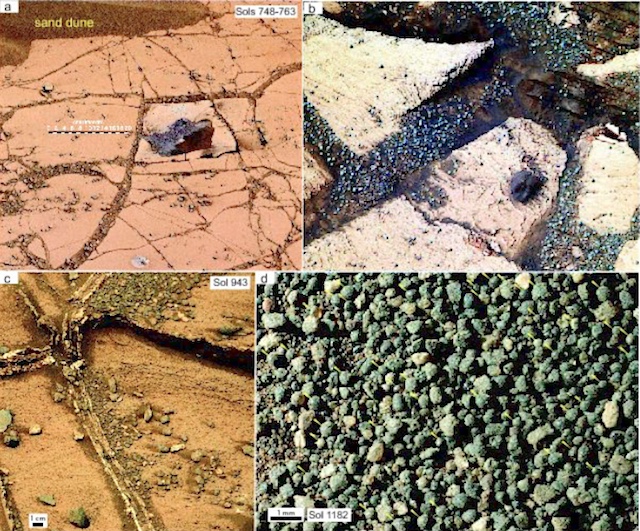![[Click the image to see entire figure] figure-1](http://redplanet.asu.edu/wp-content/uploads/2019/07/figure-1.jpg) [Ed. note: Earlier reports about this research here and here.]
[Ed. note: Earlier reports about this research here and here.]
Planetary Geomorphology Image of the Month, July 1, 2019: Francesco Salese (Utrecht University).
Groundwater had a greater role in shaping the Martian surface and may have sheltered primitive life forms as the planet started drying up. Observations in the northern hemisphere show evidence of a planet‐wide groundwater system. The elevations of these water‐related morphologies in all studied basins lie within the same narrow range of depths below Mars datum (Image 1) and notably coincide with the elevation of some ocean shorelines proposed by previous authors. Most previous studies on Mars relevant groundwater have proposed models, but few have looked at the geological evidence of groundwater upwelling in deep closed basins in the northern hemisphere equatorial region. Geological evidence of groundwater upwelling in these deep basins is a key point that will help to validate present-day models and to better constraint them in the future. [More at links]















